Chemical and microscopic analysis of artefacts believed to be snuff tubes provides the oldest direct evidence for the use of psychoactive plants in the Peruvian Andes. The team of archaeologists that studied the bone- and shell-based paraphernalia believe that they were used in rituals over 2000 years ago to reinforce leadership through links to the mystical world.
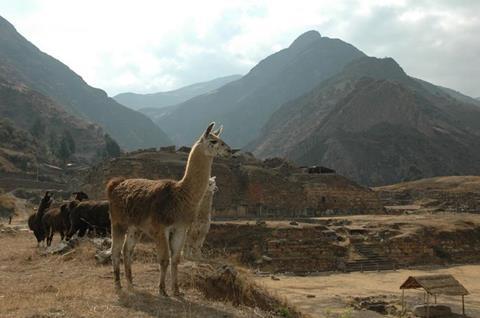
Located at an elevation of 3180 metres amongst the Andes mountains in Peru, Chavín de Huántar is a large 1st millennium BCE ceremonial complex. It was built and frequented by the Chavín, a major pre-Inca culture, and has long been interpreted as a major centre of public ritual activity. While other South American indigenous groups are known to have used hallucinogenic drugs, and Chavín art seems to depict humans in seemingly altered mental states, no mescaline-containing San Pedro cactus, psychoactive plant remains or chemical traces of psychoactive compounds had ever been found at any Chavín sites.
The international team of researchers used GC-MS to analyse 23 artefacts believed to be associated with drug use that were excavated from a subterranean gallery within Chavín de Huántar. Radiometric dating of surrounding deposits indicated a period from about 800–350BCE. Six of the finds, short tubes made from bird, camelid or deer bones, showed traces of nicotine from wild tobacco plants, and alkaloids, including dimethyltryptamine (DMT), from the Anadenanthera genus of plants.
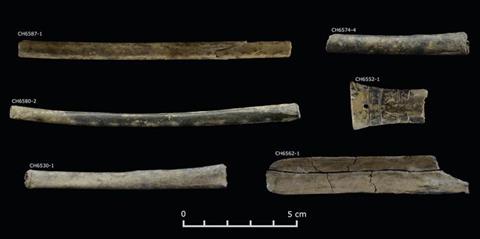
Simultaneous microbotanical analyses found traces of wild tobacco roots and the seeds and leaves of Anadenanthera colubrina, which is used to create a hallucinogenic snuff powder called vilca, in the tubes. Although damage to the starch grains indicates that the plant matter was dried or ground, as is typical of vilca and tobacco snuff preparation, there was no evidence of combustion found in the chemical analysis of the alkaloids, pointing to their consumption via inhalation rather than smoking.
The archaeologists believe that, as opposed to the communal hallucinogenic use that was common in other contemporary cultures, for the Chavín people its use was exclusive to leaders and helped to establish and reinforce class structures by creating an air of mystery, mysticism and power about the users.
References
JW Ricket al, Proc. Natl. Acad. Sci. USA, 2025, 122, e2425125122 (DOI: 10.1073/pnas.2425125122)




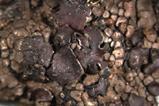
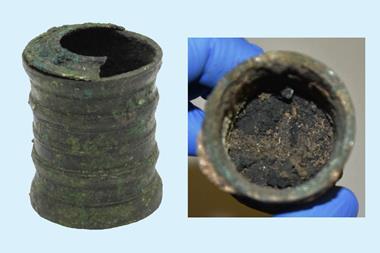
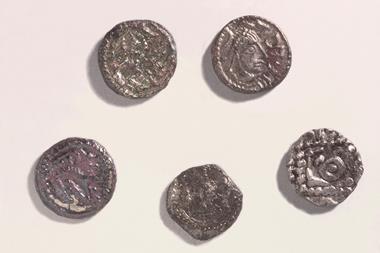
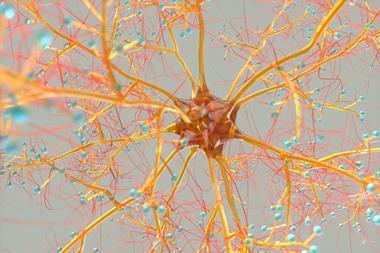
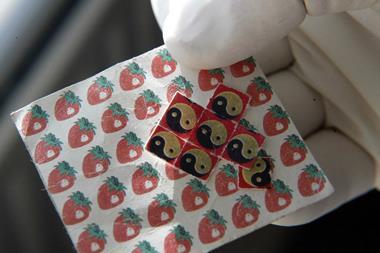

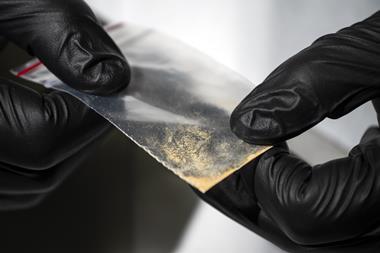





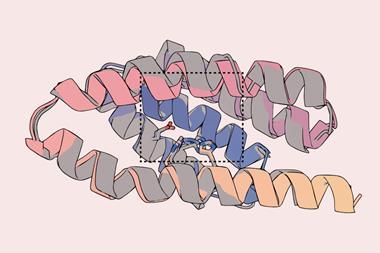
No comments yet